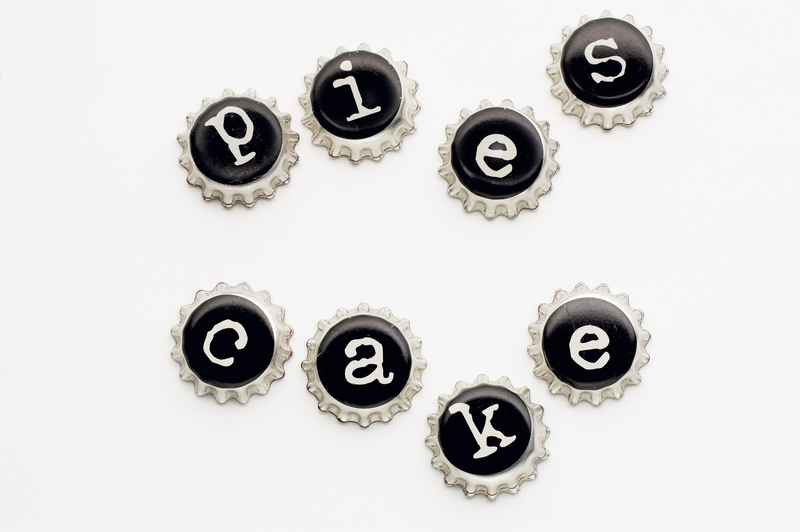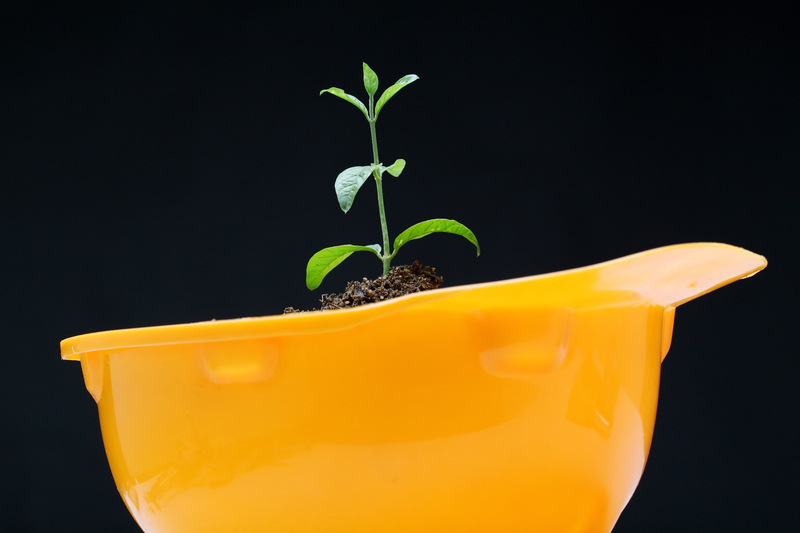How to Make Your Kitchen Plastic-Free
Plastic pollution is one of the most pressing environmental issues today. Our kitchens, often unknowingly, contribute significantly to this problem through the use of plastic storage containers, utensils, and packaging. Transitioning to a plastic-free kitchen is not only a sustainable choice for the environment but also promotes healthier living. This comprehensive guide will walk you through actionable steps to help make your kitchen free from plastic.
Why Go Plastic-Free?
Before diving into the how-to, it's essential to understand the why. Here are some compelling reasons to make the switch:
1. Environmental Impact: Plastic waste takes centuries to decompose and often ends up in oceans, harming marine life.
2. Health Concerns: Heated plastics can leach harmful chemicals like BPA and phthalates into food.
3. Economic Benefits: Investing in durable, reusable items can save you money in the long run.

Audit Your Current Kitchen Supplies
The first step in making your kitchen plastic-free is to conduct an audit of your current supplies. This will give you a clear understanding of what's already plastic-free and what needs replacement.
1. Take Inventory: List all plastic items such as containers, utensils, and packaging.
2. Prioritize Replacement: Identify high-usage items for immediate replacement and low-usage items for gradual phase-out.
3. Set Goals: Establish specific timelines for replacing different categories to keep the task manageable.
Replace Plastic Containers with Glass or Metal
Plastic containers are ubiquitous in most kitchens, but their eco-friendly alternatives are just as functional.
1. Glass Containers:
- Pros: Transparent, microwave-safe, and free from leaching chemicals.
- Cons: Heavier and prone to breaking.
2. Stainless Steel Containers:
- Pros: Durable, lightweight, and easily recyclable.
- Cons: Opaque and may react with acidic foods.
Tips for Transitioning:
- Start by replacing one type of container, such as food storage or lunchboxes.
- Look for deals or buy in bulk to reduce costs.
Choose Plastic-Free Cooking Utensils
Your cooking utensils are another area where plastic tends to creep in. Switching to materials like wood, bamboo, and stainless steel can make a significant difference.
1. Wooden Utensils: Ideal for stirring and serving. They are biodegradable and provide a rustic aesthetic.
2. Bamboo Utensils: Lightweight, durable, and naturally antibacterial.
3. Stainless Steel Utensils: Highly durable and versatile, excellent for high-heat cooking.
Preparation Tips:
- Rotate out plastic utensils gradually to avoid a heavy financial burden.
- Properly maintain wooden and bamboo utensils by oiling them regularly to extend their lifespan.
Use Plastic-Free Cleaning Supplies
From sponges to dishwashing liquids, many cleaning supplies are made or stored in plastic. Here's how to make eco-friendly swaps:
1. Biodegradable Sponges: Made from natural materials like cellulose or coconut husk.
2. Wooden or Metal Dish Brushes: Replace plastic-bristled brushes with wooden-handled ones that feature natural bristles.
3. Bulk Cleaning Supplies: Buy cleaning liquids in bulk to reduce the frequency of purchasing new plastic bottles. Alternatively, make your own natural cleaners using ingredients like vinegar and baking soda.
Actionable Tips:
- Transition over time to utilize conventional supplies and prevent waste.
- Label homemade cleaning solutions to avoid confusion.
Opt for Plastic-Free Food Packaging
Single-use plastic food packaging is a significant contributor to kitchen waste. Here's how to minimize it:
1. Bulk Shopping: Buy grains, nuts, and spices in bulk using reusable cloth or mesh bags.
2. Farmers Markets: Opt for fresh produce that isn't wrapped in plastic.
3. Glass Jars and Tins: Store bulk items and leftovers in glass jars and tins instead of plastic bags or containers.
Shopping Tips:
- Bring your own containers when visiting bulk shops.
- Request plastic-free packaging from local vendors to encourage broader change.
Minimize or Eliminate Plastic Bags and Wraps
Plastic wraps and bags are often go-to items for food storage but are highly wasteful. Here are eco-friendly alternatives:
1. Beeswax Wraps: These are reusable, compostable, and excellent for wrapping sandwiches, cheese, or covering bowls.
2. Silicone Food Bags: Durable and reusable, these bags can replace single-use plastic bags. They are also freezer and microwave safe.
3. Fabric Bowl Covers: Made from cloth, these covers can protect your food without causing plastic waste.
Switch Tips:
- Transition incrementally by targeting one type of plastic wrap or bag at a time.
- Educate family members on how to use and care for these alternatives.
Incorporate Plastic-Free Beverages
Beverage containers are another area where plastic is prevalent, from water bottles to coffee cups. Make the switch to plastic-free options like:
1. Stainless Steel or Glass Water Bottles: These are highly durable and can be used for both cold and hot beverages.
2. Reusable Coffee Cups: Opt for stainless steel or ceramic mugs to replace disposable plastic or paper cups lined with plastic.
3. Milk in Glass Bottles: Many local dairies offer milk in glass bottles that can be returned and reused.
Practical Tips:
- Keep a reusable bottle or mug handy in your bag or car to reduce reliance on disposable options.
- Support local stores or caf?s that incentivize the use of reusable beverage containers.

Educate and Engage Your Household
Ensuring a plastic-free kitchen is a collective effort. Here's how to get everyone on board:
1. Family Meetings: Discuss the benefits and methods for making the kitchen plastic-free.
2. Chore Charts: Create a chart that includes tasks related to maintaining a plastic-free kitchen, such as refilling bulk containers or cleaning reusable wraps.
3. Incentives: Offer small rewards for family members who actively participate in the transition.
Engagement Tips:
- Involve children in fun activities, such as decorating glass containers or making homemade cleaning solutions.
- Share progress and celebrate milestones to maintain enthusiasm and commitment.
Conclusion
Transitioning to a plastic-free kitchen is a process that requires thoughtful planning and collective effort, but the benefits are manifold. Not only does it contribute to a healthier environment, but it also promotes better health and long-term savings. By auditing your current supplies, replacing plastic containers, choosing plastic-free utensils, using eco-friendly cleaning supplies, opting for sustainable food packaging, and engaging your household, you can make a significant impact. Start today, and take one step at a time toward a plastic-free kitchen and a more sustainable lifestyle.
